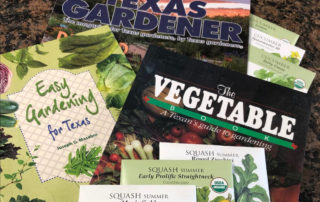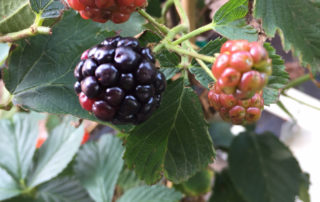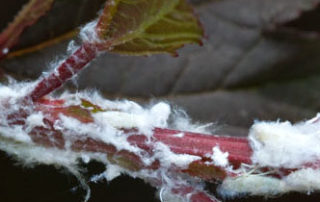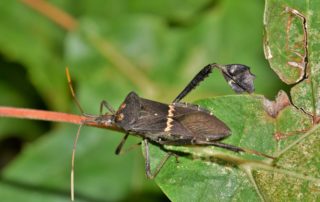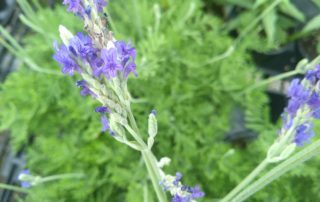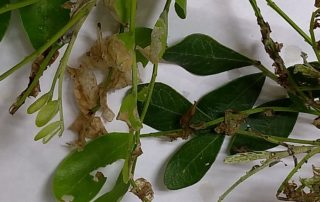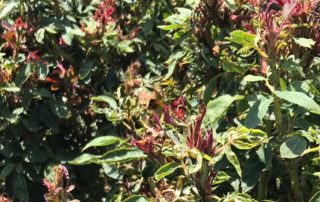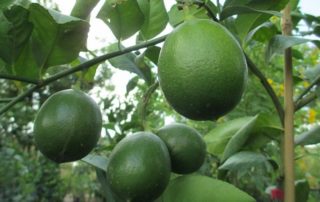G – July Gardening Checklist
Vegetables: Vegetable planting is still going on-just be sure to water new seedlings well and often! Don’t let them dry out while they are germinating and getting their “true” leaves, as moisture is critical at this stage. Fall vegetable gardening in many ways can be better than a spring garden in Central Texas. Believe it or not, we plant tomato plants for “fall” tomatoes in July! We suggest choosing either a “determinate” type tomato (see info sheet), or a variety that has 60-70 “days to harvest”. I have also grown [...]

